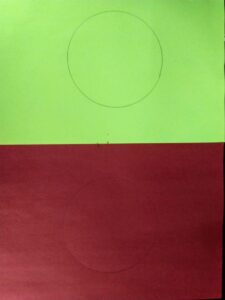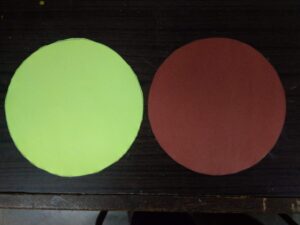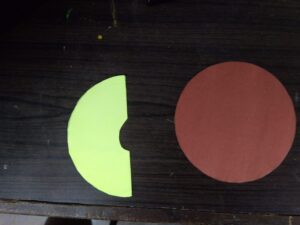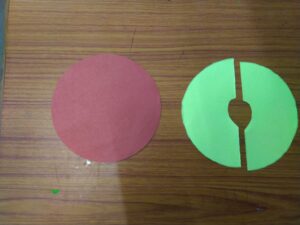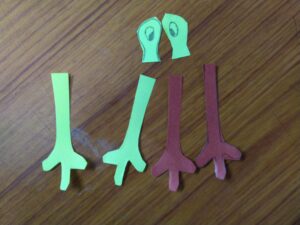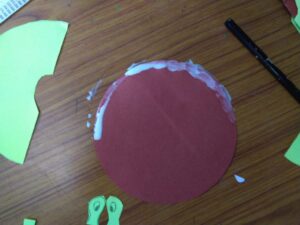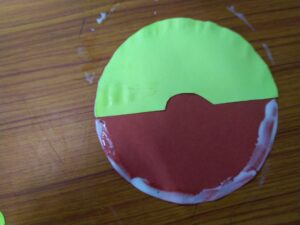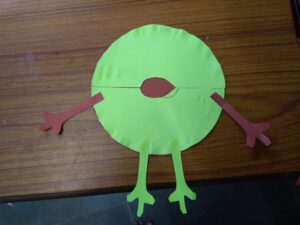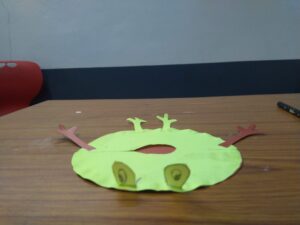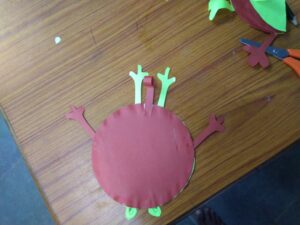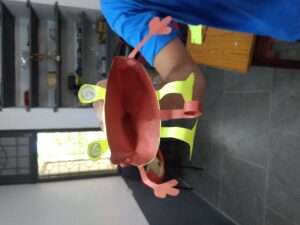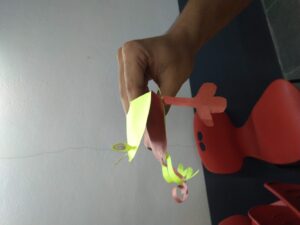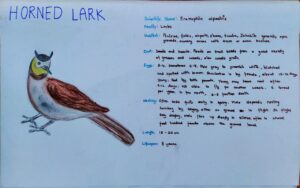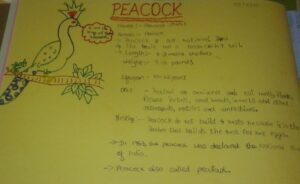~Sunil & Abilash
Integrating Science, Technology, Research, Engineering, Art, and Math to create holistic learning is called STREAM education. The Art Integrated (AI) education includes both visual arts (paintings, clay modelling, gaming) and performing arts (music, dance, drama). It’s very important to incorporate kids in all of these five disciplines. If we seed these skills in our kids, it improves their practical thinking. Integrating art and science in education could increase their creative thinking and cognitive ability. It also encourages students to express science in unimaginable ways. AI-based education paves the path for experiential learning. Some of the activities to incorporate art with science are
1. PENDULUM PAINTING
Pendulum painting is a fun activity to do with students using simple materials like water bottles, paper, paint, rope and chairs. This activity enhances creative and critical thinking among students. It will make them understand parameters like gravity, motion, momentum, and velocity. Students would be able to create a beautiful art along with conducting a pendulum experiment to know the physics behind the pendulum by practical approach.
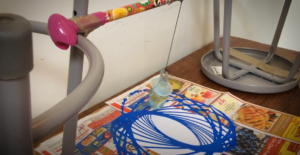
2. PERIODIC TABLE SONG
Teaching Periodic Table songs to kids is one of the best ways to make chemistry enjoyable. Songs have always been the best ways to remember even the most convoluted set of words at ease. The periodic table song with a supporting video that has a picture of the applications of some aspects along with music, would enable students to remember the elements of the periodic table along with applications. These kinds of activity aid both the right and left brain to store accurate information and retain it.
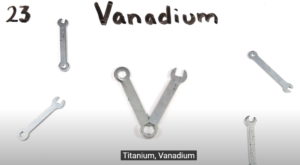
3. ART FROM WASTE IN SCIENCE
Plastic Pollution has become a significant concern in today’s world. This activity of making simple electronic devices like a LED torch using plastic wastes would make students learn simple electronics along with hands-on training. Making art out of garbage would enhance creativity and positive thinking in students and also would create awareness about plastic pollution.
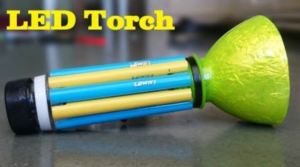
There are no limits in education and imagination; we can use our creativity to incorporate any form of art with any science concept to bring out the best in education. Other activities like dancing or acting in a theatrical play relating science or math concepts, could cultivate expression, self-confidence, presentation skill along with understanding STEM.





